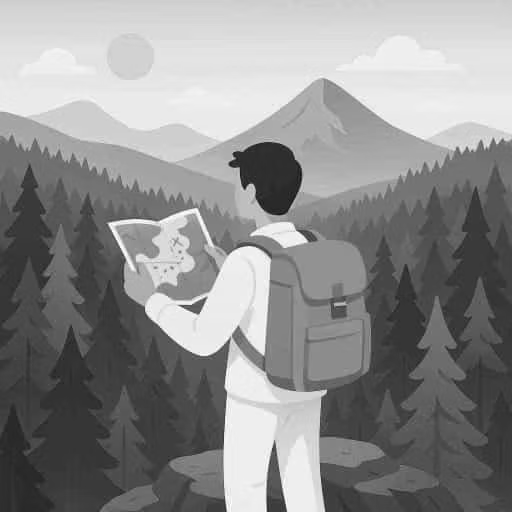Kinnaur Travel Guide: Best Places to Visit, Local Food, Offbeat Experiences & Tips
In the far northeastern corner of Himachal, Kinnaur is a stunning blend of raw Himalayan beauty and deep-rooted culture. With Indo-Tibetan influences, dramatic valleys, and soulful villages, it’s a district where stories are carved into wooden temples and echoed by the folk tales.
From well-loved spots like Kalpa and Chitkul to hidden gems tucked along forgotten roads, Kinnaur is perfect for travellers who seek more than just sightseeing, offering treks, temples, festivals, and food that reflect its unique identity. This Kinnaur travel guide covers everything you need: where to go, what to eat, what to experience, and how to travel thoughtfully.
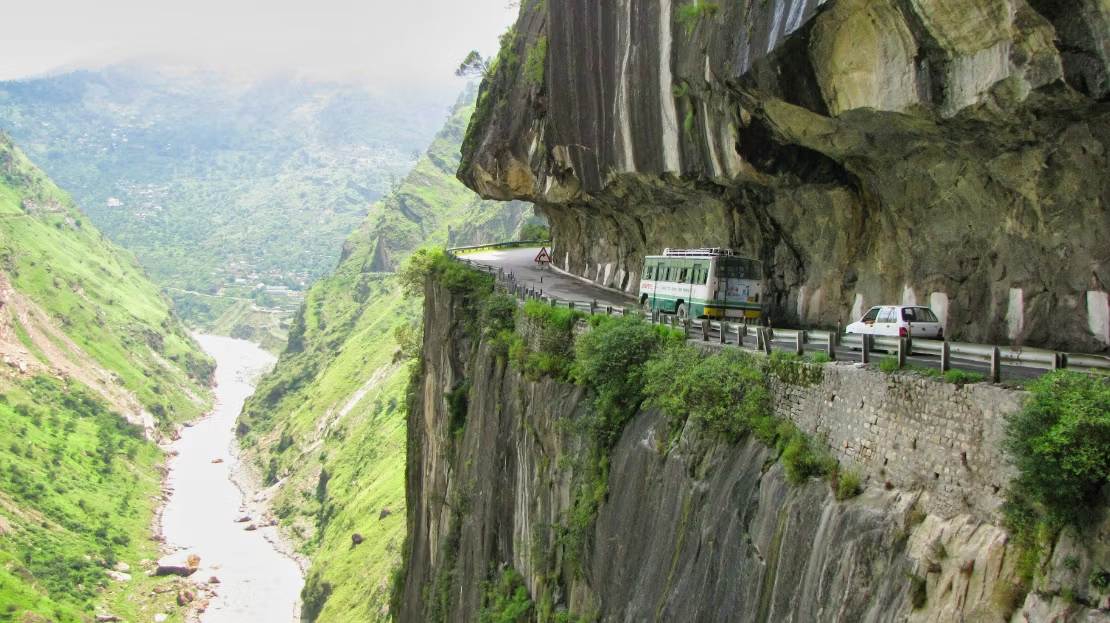
Best time to visit Kinnaur
Kinnaur has something to offer every season, but spring to early summer (April to June) is ideal for blooming orchards and outdoor activities. Autumn (September to November) brings clear skies, apple harvests, and colourful festivals. Monsoons can be risky due to landslides and winters, but while stunning in their quietude, they often lead to road closures in higher areas like Chitkul.
How to reach Kinnaur
The region stretches from lush valleys like Sangla to barren, moon-like villages such as Nako, with altitudes ranging between 2,300 and 3,600 metres. That means while the views are always spectacular, acclimatisation becomes an important part of the journey, especially as you move towards the upper Kinnaur-Spiti belt.
The most common way to reach Kinnaur is via road from Shimla, following the Hindustan–Tibet Highway (NH-5). While there’s an airport in Shimla and a train station at Kalka, most travellers prefer to drive in or hire a cab to enjoy the ever-changing terrain.
Local Legends and Stories
The landscape of Kinnaur may be rugged, but its stories are full of magic, mystery, and old-world charm. Here are a few tales you’ll likely hear around a fireplace or a temple courtyard.
The story of Kinner Kailash
Towering above Kalpa, the Kinner Kailash peak is believed to be the winter abode of Lord Shiva. Every year, pilgrims trek to the Kinner Kailash Shivling, a 79-foot vertical rock formation that is said to change colour with the day’s light. Locals believe the rock turns slightly on its axis, making it a “moving Shivling.” Whether or not that’s true, the journey is both spiritual and stunning. Fun fact: Our hip Zostel Kalpa offers killer views of Kinner Kailash from all corners.
The story of Kamru Fort
Perched above Sangla, Kamru Fort looks like a fairytale watchtower. But legend says it was once ruled by a powerful queen who could command clouds and rain. The fort houses the idol of Kamakhya Devi, brought from Assam, and locals believe that women once ruled the valley from here during times of war.
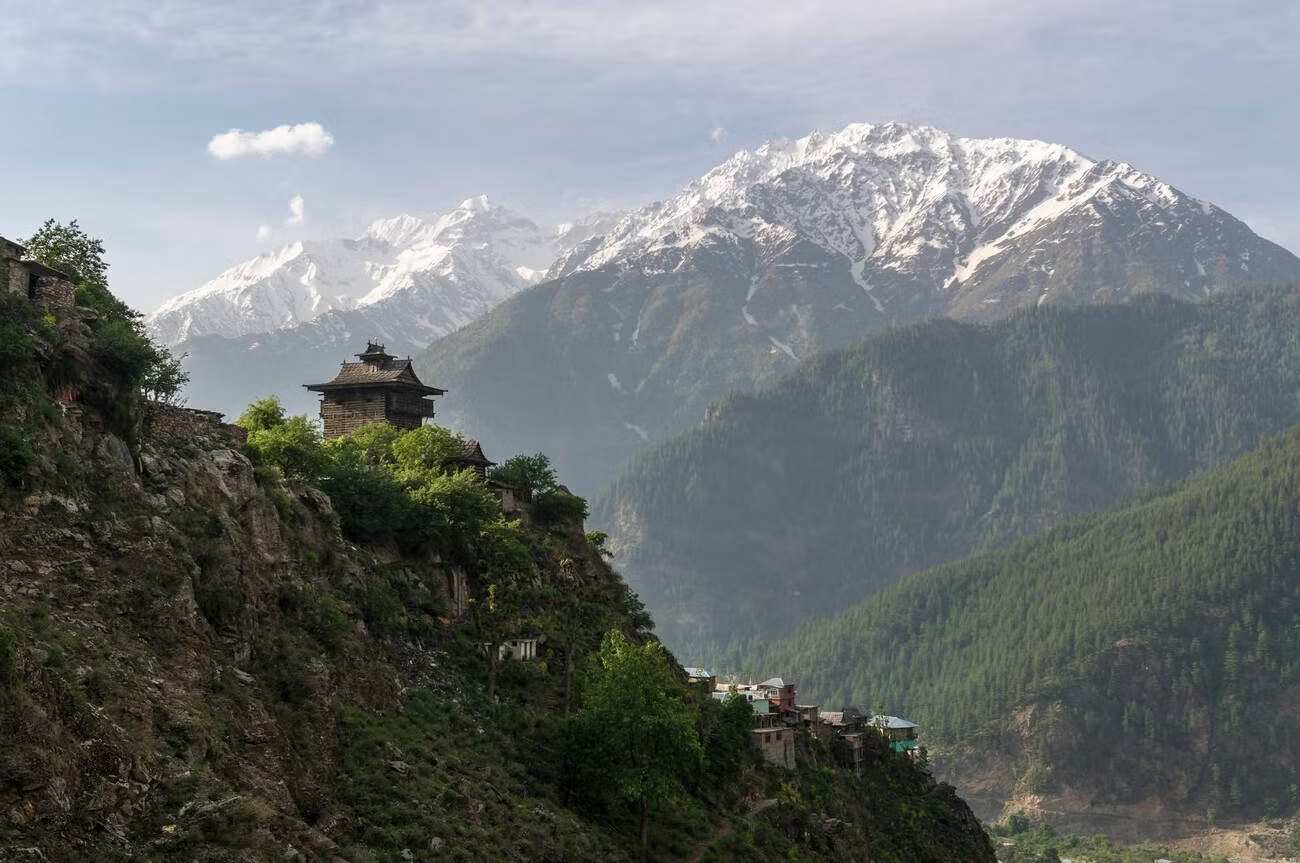
Sacred trees & village traditions
In many villages, certain trees are worshipped and never cut down, believed to house local deities. During village festivals, outsiders are often not allowed near temples, especially during rituals. Some villages hang mirrors or animal horns at the entrance of homes to ward off evil spirits.
Local languages and culture of Kinnaur
In many ways, Kinnaur feels like a bridge between worlds of geography, of faith, and of time, as the culture here is a blend of Hindu and Tibetan Buddhist traditions. You'll find ancient wooden temples standing beside monasteries, locals speaking Kinnauri and Hindi, and festivals celebrating gods and nature with equal devotion.
Travel permits for Kinnaur
If you're an Indian citizen, you can explore most of Kinnaur freely. However, foreign travellers need an inner line permit to go beyond Reckong Peo towards Nako and the Spiti Valley, due to its proximity to the Tibet border.
Popular places to visit in Kinnaur
While much of Kinnaur remains off the tourist radar, a few villages and valleys have slowly made their way into every Himachal lover’s bucket list, and for good reason. These places offer a perfect mix of breathtaking views, cultural richness, and traveller-friendly infrastructure. Here's where most journeys in Kinnaur begin:
Kalpa
Perched at 9,700 ft above sea level, Kalpa is a peaceful town known for its sweeping views of the Kinner Kailash range, believed to be the winter abode of Lord Shiva. The snow-capped peaks glow in hues of pink and gold during sunrise, making early mornings feel sacred.
The charm of Kalpa lies in its slow rhythm. Stroll through apple orchards, explore the rustic lanes of Roghi village, or take the moderate Chaka hike for panoramic views of the valley. Don't forget to sip locally brewed apple cider while you wait for the stars to blanket the sky. And the best part? Zostel Kalpa is right in the middle of all the good things.
Things to do in Kalpa: Sunrise from the Kalpa monastery steps, visit to Suicide Point, storytelling with your homestay hosts.
Sangla
Located along the turquoise Baspa River, Sangla Valley is where nature shows off. Think pine-covered slopes, wooden houses with slanted roofs, and a river that hums like a lullaby. It’s a paradise for nature lovers, campers, and those seeking a peaceful mountain stay. And you can do all this with Zostel Sangla.
The ancient Kamru Fort, with its blend of Tibetan and Himachali architecture, stands as the cultural guardian of the valley. A short walk from Sangla brings you to Batseri village, known for its intricately carved temple and community spirit.
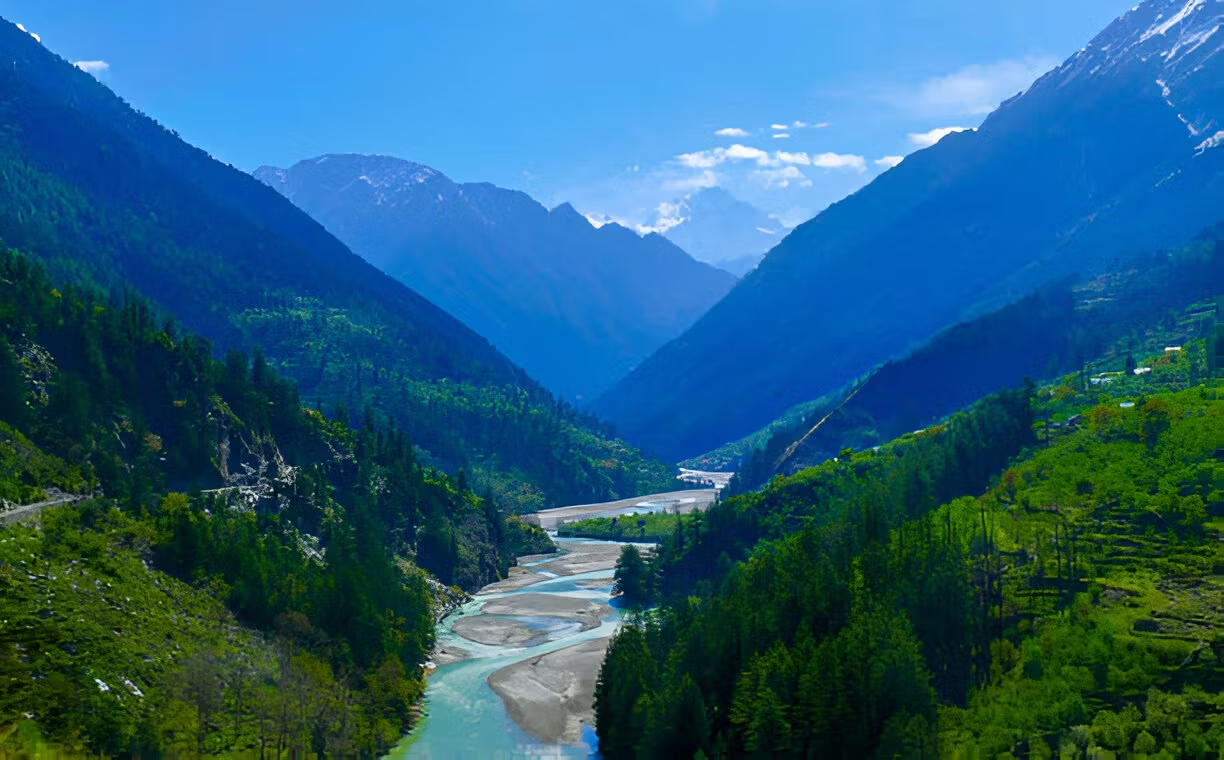
Things to do in Sangla: Walks by the Baspa River, a day at the Kamru Fort, eating rajma-chawal at a riverside dhaba.
Chitkul
Just 22 km from Sangla lies Chitkul, the last village on the Indo-Tibetan road. Beyond this point, only the Indian Army and the wind have company. At 11,320 ft, the landscape opens up majestic mountains, grazing meadows, and the ever-flowing Baspa make it feel like the edge of the world.
Despite its remote location, Chitkul is welcoming. The wooden houses, ancient temples, and vibrant local school make it more than just a photo stop. Weather can change rapidly, so layering up is a good idea. To manifest this trip already, check out Zostel Chitkul.
Things to do in Chitkul: Sip chai at “Hindustan ka aakhri dhaba,” take a riverside walk to Nagasthi ITBP checkpoint, or just sit in silence and listen to the wind.
These three villages form the core of any first-time Kinnaur itinerary, offering a mix of accessible comfort and Himalayan adventure. But the real beauty of Kinnaur lies beyond, in places that barely appear on maps, which we’ll explore in the next section.
Offbeat places to visit in Kinnaur
Beyond Kalpa, Sangla, and Chitkul lies a quieter, lesser-known side of Kinnaur, one that hasn’t made it to Instagram yet. These are villages where time slows down, roads get narrower, stories get older, and travellers are still a novelty. If you’re someone who enjoys the path less taken, these offbeat corners of Kinnaur are where you’ll find the region’s raw, unfiltered soul.
Nako
Located near the Kinnaur-Spiti border, Nako is a high-altitude village (3,600 m) that looks like a slice of Ladakh with flat-roofed mud homes, chortens, and prayer flags fluttering against barren hills. The Nako Lake, set right in the middle of the village, reflects both the sky and the stillness of the place. Nearby, the Nako Monastery is a quiet, spiritual spot believed to be over a thousand years old. Just beyond are more hidden gems like Tashigang, Chango, and even the mysterious Gue village, home to a 500-year-old mummified monk.
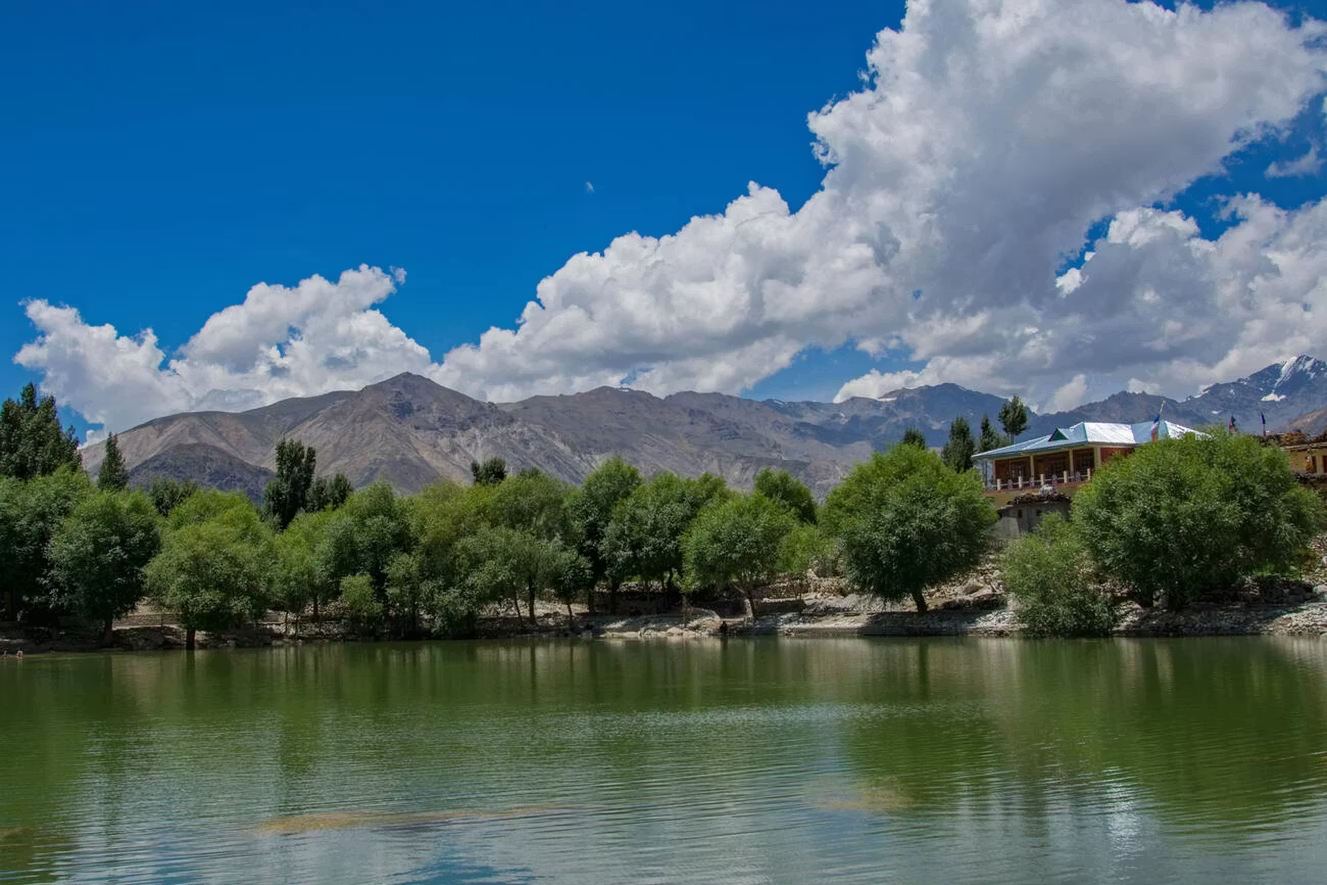
Ropa Valley
If Sangla is Kinnaur’s showstopper, Ropa Valley is its hidden poem. Tucked deep between mountains and barely known to tourists, Ropa is a treasure trove of alpine meadows, dense forests, and tribal villages that still follow centuries-old customs. The valley is home to the Bhotia community, known for their yak herding and wool weaving. With a limited phone network and tourist infrastructure, it’s ideal for digital detoxers, nature lovers, and cultural explorers.
Moorang
Overlooking the Satluj River, Moorang is a village wrapped in legend. According to local lore, the now-ruined Moorang Fort was once built by the Pandavas. Its weather-worn stone walls stand as a quiet witness to a thousand years of history. The village is dotted with apricot and almond orchards, traditional Kinnauri homes, and kind locals always ready to share stories. A perfect stop for those chasing history in silence.
Kothi and Pangi
A short drive from Kalpa lies Kothi, a small village famous for its Chandika Devi Temple, where Hindu and Tibetan architectural styles intertwine beautifully. Kothi also offers grand views of Kinner Kailash minus the crowds. Further down the same trail is Pangi, a quiet hamlet where wooden homes and silence are the only constants. Great for peaceful walks and unplanned conversations with locals.
Local food and where to eat in Kinnaur
The air is thinner in Kinnaur, but the flavours are anything but. The local cuisine here is shaped by altitude, climate, and culture. Think hearty, warming dishes, seasonal produce, and recipes passed down through generations. Eating in Kinnaur is not just about filling your stomach; it’s about feeling at home in a stranger’s kitchen.
What to eat in Kinnaur
Sidu
A steamed wheat bun stuffed with roasted walnut paste or poppy seeds, often served with ghee, dal, or mutton curry. It’s warm, comforting, and perfect after a long mountain walk.
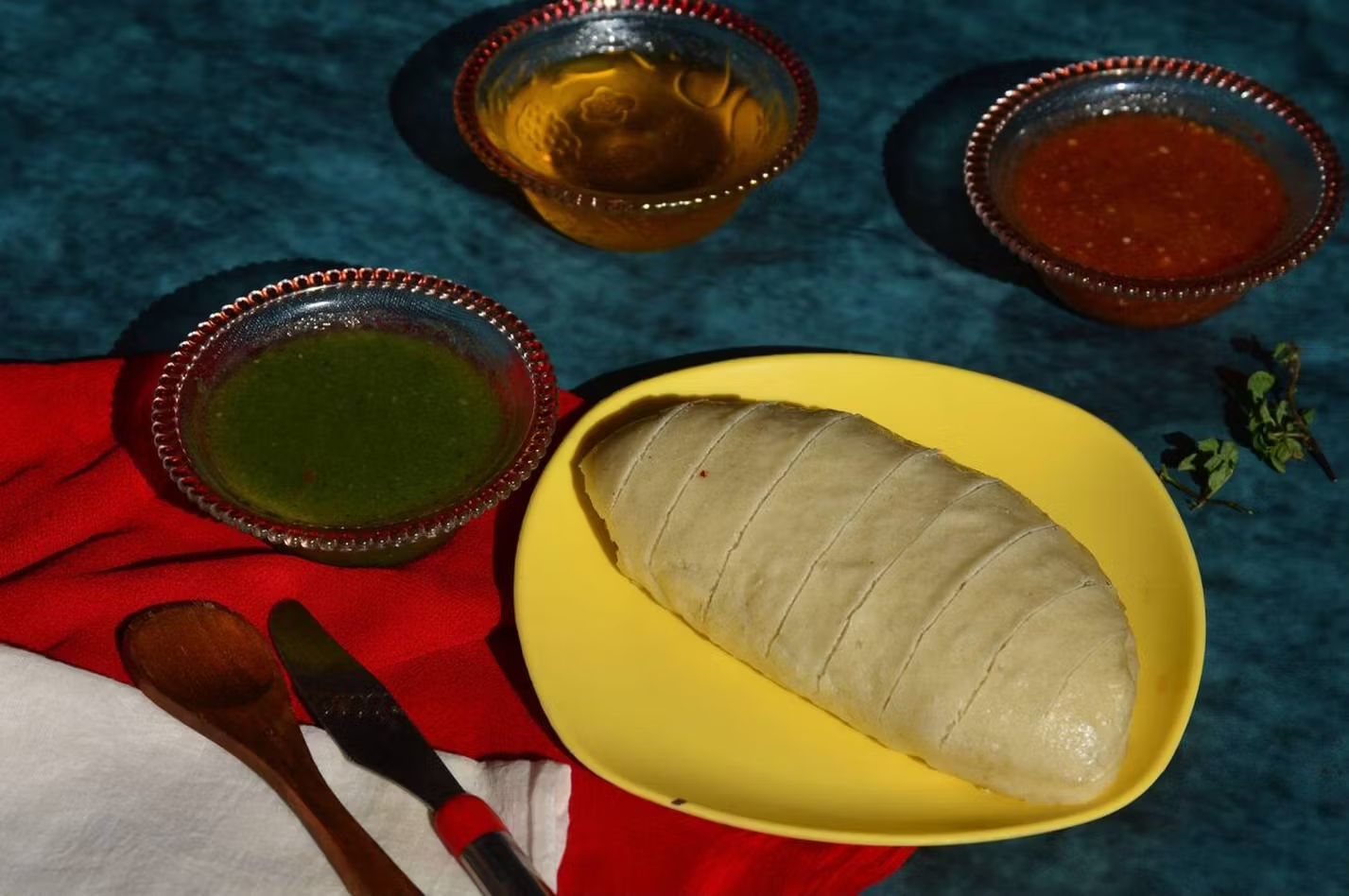
Thenthuk & Momos
Owing to Tibetan influences, you'll find steaming bowls of thenthuk (hand-pulled noodle soup) and juicy momos in almost every village, especially closer to Nako and the Spiti border.
Rajma-Chawal (Kinnauri Style)
Don’t mistake this for your usual North Indian rajma. Kinnauri rajma is smaller, darker, and richer, often slow-cooked over firewood for hours.
Chha gosht
A Himachali delicacy made of mutton cooked in a yoghurt-based gravy with subtle spices. It’s not native only to Kinnaur, but some homestays here make it especially well.
Buckwheat delights
High-altitude farming means buckwheat rotis (ogla) and barley porridge (phalda) are staples in many households. These dishes are simple yet nourishing.
Local apples & dry fruits
Come autumn, apples here taste like they were grown with extra care from the gods. Try sun-dried apricots, walnuts, and seabuckthorn juice, a tangy, vitamin-rich local drink.
Where to eat in Kinnaur
The Grand Shambhala (Kalpa): Known for its thalis and mountain-view terrace café. They serve fresh momos, rajma-chawal, and apple pie.
Ekjot Cafe: A cosy place for thenthuk, Tibetan tea, and strong coffee, run by a friendly local couple.
Cafe 42: A scenic stop known for wood-fired pizzas and comfort meals.
Batseri Homestays: Many homestays serve traditional meals made from locally grown ingredients. Just ask for whatever is being cooked that day.
Hindustan ka Aakhri Dhaba: Famous for its location, but also for serving surprisingly good parathas, rajma, and Maggi with a view.
Zostel Chitkul: Great for hot meals, coffee, and a chat with fellow travellers.
Lovon Homestay: Offers local-style breakfasts and dinners, including sidu and buckwheat dishes.
Nako Monastery Guesthouse: The kitchen here serves simple, spiritual food with breathtaking views.
7 things you can only do in Kinnaur
Beyond its scenic drives and postcard villages, the district offers rare, soul-stirring experiences you won’t find in your average hill station itinerary. Whether it’s walking through a whispering pine forest or watching a masked dance in a centuries-old temple courtyard, Kinnaur has its own quiet way of leaving a mark on you.
1. Witness a local Festival in a remote village
Most Kinnauri villages still follow traditional lunar calendars and host seasonal festivals celebrating harvests, gods, and spirits. Expect masked dances, local brews, and an entire village turning up in traditional attire.
Best time: September to November (post-harvest) or during Losar (Tibetan New Year) in late winter.
2. Trek to a hidden glacier or alpine meadow
Several lesser-known trails in Kinnaur lead to glacial lakes, wildflower meadows, and high-altitude shepherd camps. Unlike popular treks, these routes are mostly untamed and best explored with a local guide.
You can try these:
- Charang–La trek (advanced, via Morang)
- Chaka Meadows hike (easy, from Kalpa)
- Walks in Rakchham & Batseri
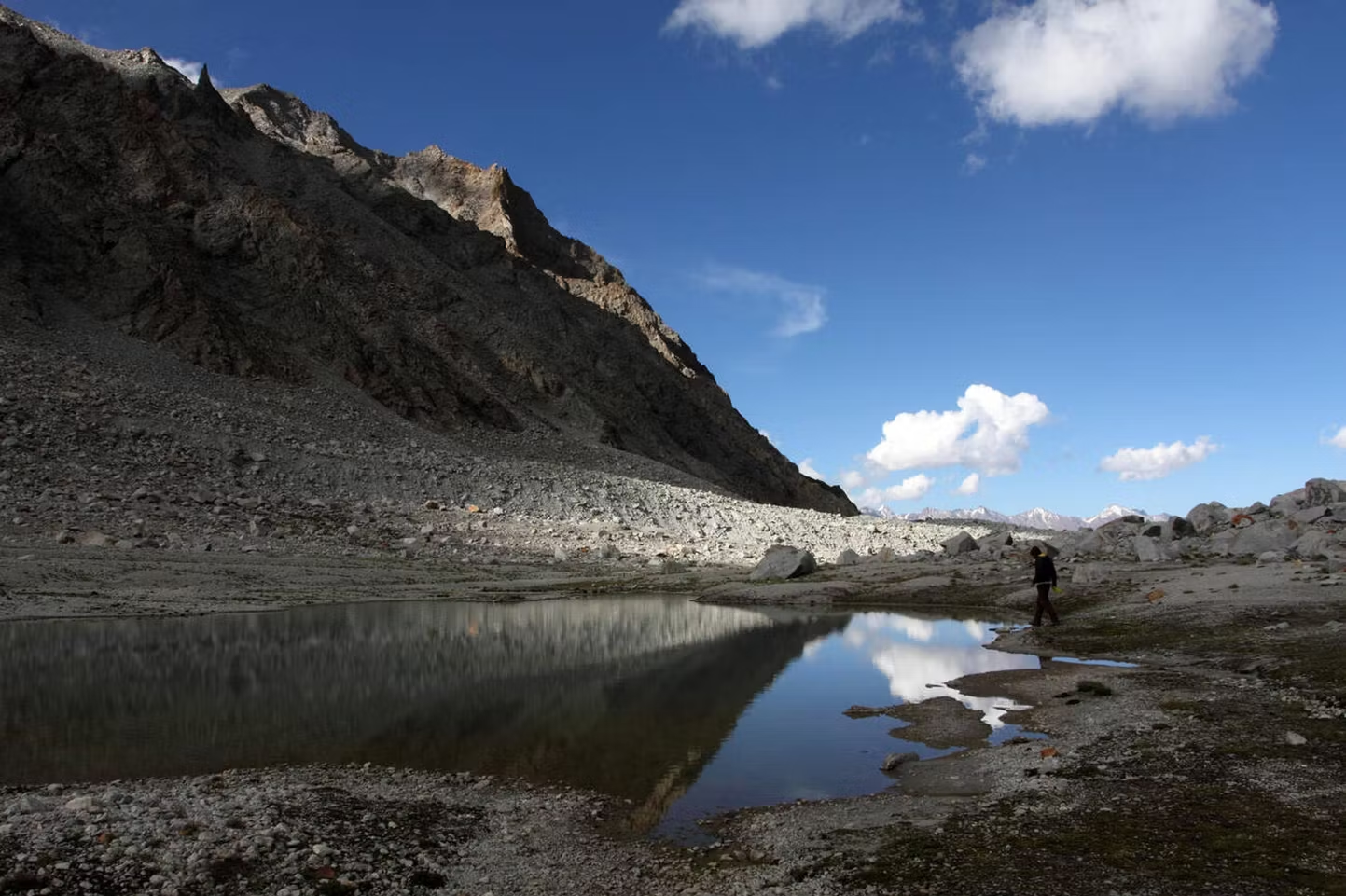
3. Stay in a traditional Kinnauri home
Beyond hotels and hostels, many villages offer authentic homestays, where you get to live with a local family, share stories over hand-ground chutney, and learn the subtle art of doing nothing.
Best places: Sangla, Batseri, Ropa Valley, and Chango.
4. Explore Kinnauri architecture & wooden temples
Kinnaur is home to some of Himachal’s most intricate wooden temples, combining Hindu and Buddhist designs. These aren’t just religious spaces, they’re living museums of mythology and mountain craftsmanship.
Don’t miss:
- Chandika Devi Temple (Kothi)
- Badrinath Temple (Kamru Fort)
- Narayan-Nagini Temple (Kalpa)
5. Stargazing in Chitkul or Nako
High altitude, low pollution, and pitch-dark nights make Kinnaur perfect for stargazing. In places like Chitkul and Nako, you can lie back and see the entire Milky Way arcing across the sky. For the best spot for stargazing in Chitkul, have a chat with our on-ground team at Zostel Chitkul. Contact details are here.
Pro tip: Carry a thermal flask and extra layers. Nights here can get freezing, even in summer.
6. Try traditional weaving or apple harvesting
If you visit during late summer or autumn, some homestays and cooperatives let you try your hand at apple picking, apricot drying, or even weaving wool shawls with local artisans.
7. Just disconnect
One of the rarest and most valuable experiences in Kinnaur is this: no network, no notifications, no rush. Whether you're sitting by the Baspa river or sipping tea under a walnut tree, Kinnaur gently reminds you what real peace feels like.
Kinnaur itineraries that you can follow
Whether you're a slow traveller seeking quiet villages or an adventure lover chasing high-altitude trails, Kinnaur has something for every kind of explorer. Here are a few curated itineraries to help you make the most of your time in the region.
5-day Kinnaur itinerary
Day 1: Overnight travel or drive to Sangla from Shimla.
Day 2: Explore Sangla and Kamru Fort. Relax by the river.
Day 3: Visit Chitkul. Try a local thali at “Hindustan ka aakhri dhaba.”
Day 4: Drive to Kalpa. Catch the sunset at Suicide Point or from the monastery.
Day 5: Begin your journey back.
7-day Kinnaur itinerary
Day 1: Arrive in Shimla. Stay overnight and acclimatise.
Day 2: Drive to Sarahan. Visit the Bhimakali Temple and enjoy the mountain sunset.
Day 3: Head to Sangla. Explore Kamru Fort and spend the evening by the Baspa River.
Day 4: Day trip to Chitkul. Return to Sangla or stay overnight in Chitkul.
Day 5: Drive to Kalpa via Reckong Peo. Watch the Kinner Kailash range light up at sunset.
Day 6: Explore Roghi Village, Chaka Meadows, and local temples in Kalpa.
Day 7: Begin the return journey to Shimla.
9-day Kinnaur itinerary
Day 1: Reach Shimla. Rest and prepare for the journey ahead.
Day 2: Drive to Kalpa. Take it slow and enjoy local cafes.
Day 3: Explore Roghi, Chini, and Pangi villages.
Day 4: Head to Moorang. Visit the ancient fort and walk through apricot orchards.
Day 5: Drive to Ropa Valley. Stay in a traditional homestay and enjoy a local meal.
Day 6: Trek or walk in the forests of Ropa. Engage with the Bhotia community.
Day 7: Move to Nako. Walk around the lake and visit the monastery.
Day 8: Optional detour to Gue or Tashigang. Stay at Nako or nearby.
Day 9: Start the return journey.
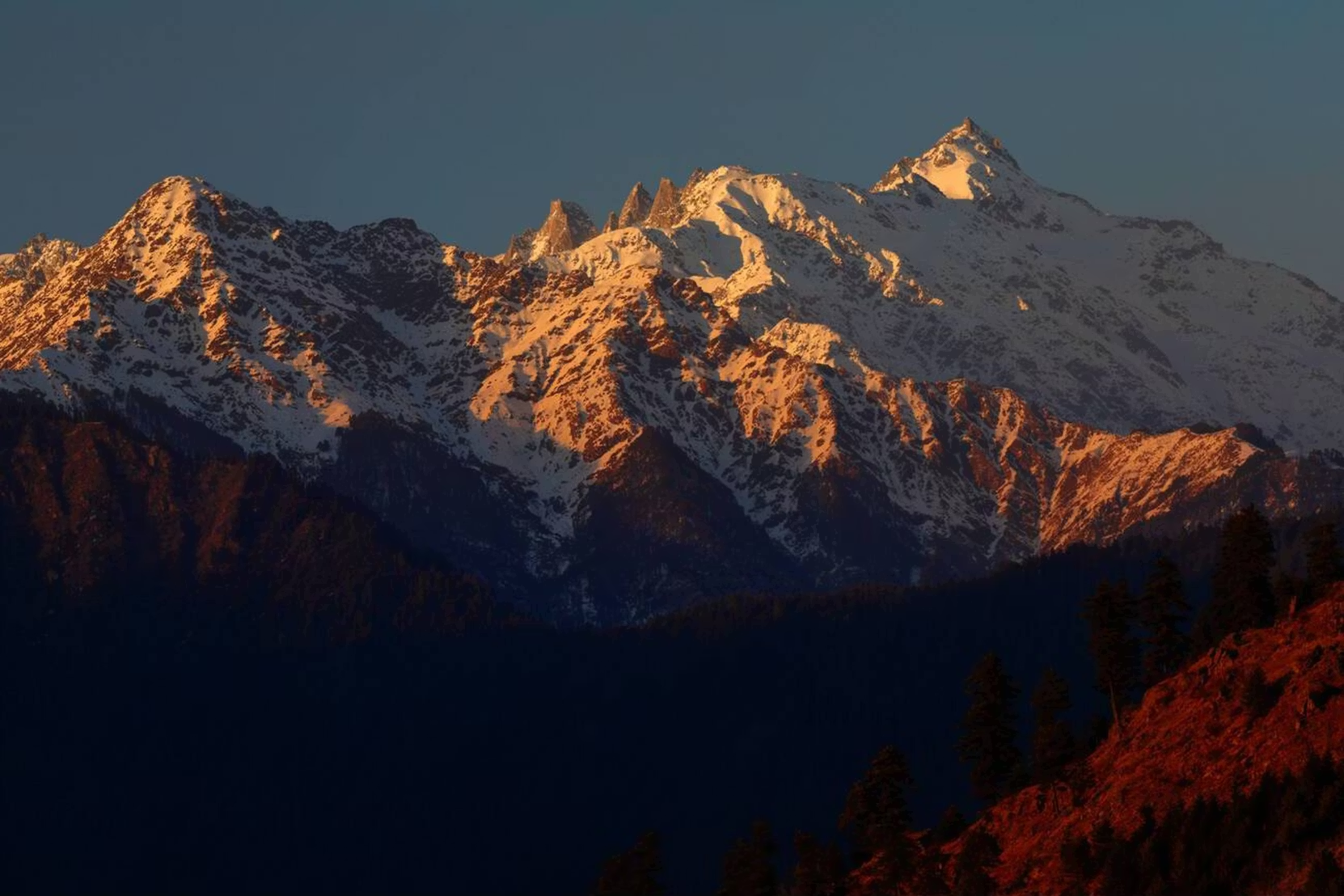
Tips for exploring Kinnaur
Kinnaur is remote, raw, and breathtaking. But it also demands respect from its visitors. From packing smart to travelling responsibly, here’s how to be a well-prepared and respectful traveller in this fragile Himalayan region.
Acclimatisation guide for Kinnaur
- Many places in Kinnaur, like Nako and Chitkul, lie above 3,000 meters. Here’s how to avoid altitude sickness:
- Ascend gradually. Spend your first night at a lower altitude (like Kalpa or Sangla) before heading higher.
- Stay hydrated. Drink plenty of water and avoid alcohol in the first couple of days.
- Rest when needed. Don’t overexert yourself, especially during the first 48 hours.
- Watch for symptoms. Headaches, nausea, and breathlessness could be signs of altitude sickness. If they worsen, descend immediately.
Responsible travel tips
- Kinnaur is ecologically and culturally sensitive. Here’s how to tread lightly:
- Say no to plastic: Carry a refillable water bottle and reusable bags.
- Respect local customs: Always ask before photographing people, temples, or homes.
- Support local businesses: Stay at homestays, eat at family-run cafés, and buy handmade crafts.
- Stay on trails: When hiking, avoid straying into forests or restricted areas.
ATMs, fuel & network availability in Kinnaur
ATMs: Available in Reckong Peo, Kalpa, Sangla, and Pooh, but cash can run out. Always carry extra.
Fuel stations: Found in Rampur, Reckong Peo, and Sangla. Top up whenever possible, especially before going further into Spiti.
Mobile networks: BSNL and Jio work best, but only intermittently in villages like Chitkul and Nako. Airtel and Vodafone are unreliable in high-altitude areas.
From the winding roads of Sangla to the silent monasteries of Nako, from piping-hot sidu to the crisp bite of a local apple, Kinnaur is built of small, meaningful moments. So take your time here. Look beyond the Kinnaur travel guide, speak to locals, walk slowly, and stay a little longer. You might arrive for the views, but you’ll leave carrying stories.
